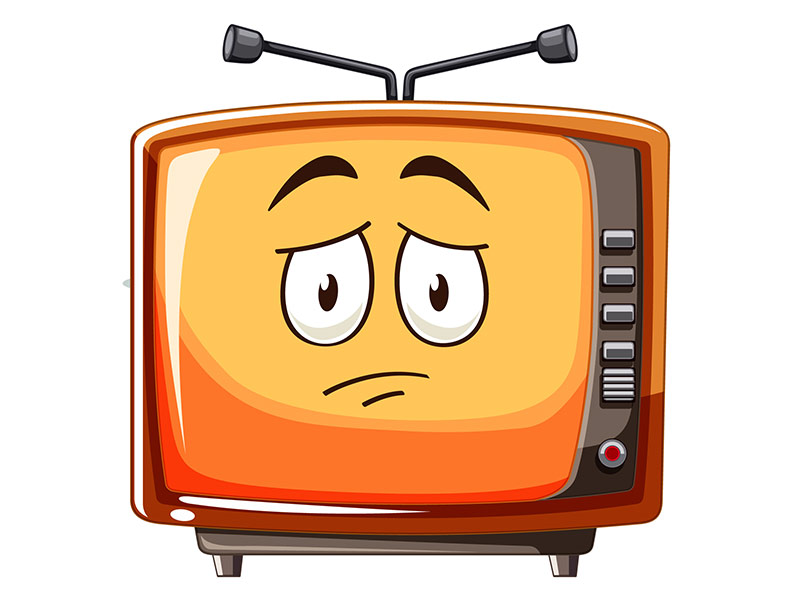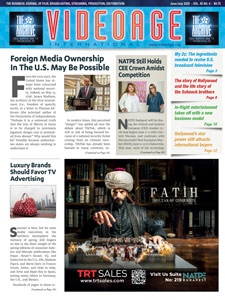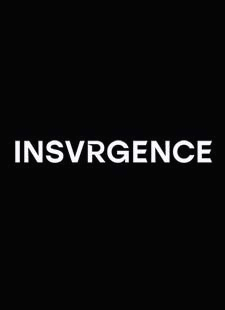During the recent SXSW Conference in March one particular panel drew the press’s attention: “Building Brands in the Unhappiness Era.” Apparently, we are living in the grip of an unhappiness crisis and, according to the panelists, it’s affecting “almost every area of the economy.”
SXSW stands for South by Southwest and it is a conference held in Austin, Texas, that, according to its official description, “celebrates the convergence of tech, film, music, education, and culture.”
Apparently, unhappiness is growing in the U.S. and around the world — and has been for the past 10-15 years. Specifically, Americans are unhappy, concerned about inflation, global conflicts, and an acrimonious presidential election.
In March 2024, the U.S. fell off a list of the top 20 happiest countries compiled by the World Happiness Report. According to a study called Future Consumer Index 13, some 95 percent of Americans are concerned about the rising costs of living, while 77 percent are concerned about their access to basic necessities. And yet, sales of products across many categories remain strong. Similarly, in a recent Wall Street Journal poll, 74 percent of respondents in the U.S. said inflation has moved up in the past year, when in fact it was moderated.
Taking a look at what TV and film entities are showing audiences, one has to wonder whether the entertainment sector plays some part in this unhappy trend.
According to Bill Abbott, formerly at Hallmark and now president and chief executive officer of Great American Media, two outlets known for their positive content, “Each of us (TV content providers and broadcasters) must be intentional in choosing (content) positively. Media literacy and controlling what comes into our home is as much viewer responsibility as it is media responsibility. Yes, we, as an industry, should reflect on and be conscious of, the content we are creating.” He sees the success of what he puts on air to growing audience numbers and advertisers to the channel and reveals, “Most blue-chip advertisers want to invest in content that reflects the positivity of their brands.”
As Abbott reminds us, “In the past we largely received news through print media and TV (along with radio). Now there are many more platforms, like digital and social media, which are largely unregulated portals, with the potential to expose people to undesirable content,” which is likely to cause unhappiness.
According to Pamela Rutledge, director of the Media Psychology Research Center in Newport Beach, California, “People who are anxious, depressed, or angry are hypersensitive to negative input and will be more reactive. This is a function of the survival instinct — when you already feel under ‘attack,’ you are primed to watch for more… People who have a steady diet of negative content (news, war, violence) tend to view the world as more dangerous and threatening than it actually is. This can create a sense of generalized anxiety, making people more suspicious and reactive.”
Rutledge also revealed that for some people, “viewing graphic and violent images can be extremely stress-inducing, increasing uncertainty and fear. A steady diet of negative news can increase the risk of anxiety and depression.” That anxiety can trigger “the need to know and make us feel more in control, and, sets off the urge to search and scan, which results in (discovering) more violent content.” In turn, this can mean, the worse we feel and the more vulnerable we are to anyone who offers up ‘answers,’ whether it’s conspiracy theorists or politicians.
Many experts have suggested that horror, post-apocalyptical, and crime content can prompt feelings of unhappiness, but in her studies Rutledge has found that “horror and true crime serve different psychological functions than news. Horror films and other post-apocalyptic movies can help us handle real-life anxiety and fear — existential and real. Horror films can alleviate psychological distress because fiction enables fans to explore imagined outcomes at a safe psychological distance and be more emotionally prepared. Fiction can provide all kinds of learning experiences, but horror is the only fiction genre specifically created to consistently and intentionally elicit fear throughout a narrative. The resolution delivers neurochemical rewards from relief and closure. This emotional rollercoaster is the basis of its appeal.”
On the other hand, people living alone, having difficulty getting, or even losing, a relationship, can feel very unhappy seeing others having a wonderful time together.
The answer to the argument about whether the media (and TV in particular) can or will do anything about the negative content is down to one thing, according to Rutledge. “Unfortunately, the incentives for success in media are at odds with wellness.”
Great American Media’s Abbott believes that what appears on our screens should be down to “media literacy and controlling what comes into our homes, which is as much viewer responsibility as it is media responsibility. Each of us must be intentional in choosing positively.”
Echoing some of that, the final thoughts on this conundrum rest with Rutledge: “The best course of action would be for media companies to push for media and digital literacy training in schools. There is no way that producers can control the responses and behaviors of audience members. Preparing viewers to critically view news and intentionally manage their media consumption behaviors is the only real solution — not limiting access as most politicians propose. People need tools to think about whether what they are doing aligns with their goals since most media behaviors are automatic, not intentional.”
(By Mike Reynolds)
Audio Version (a DV Works service)











Leave A Comment